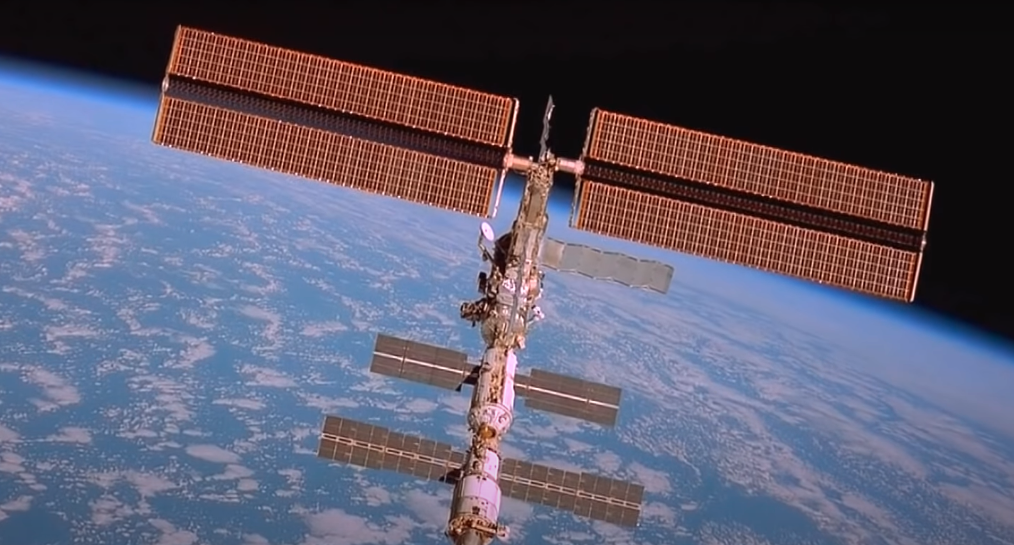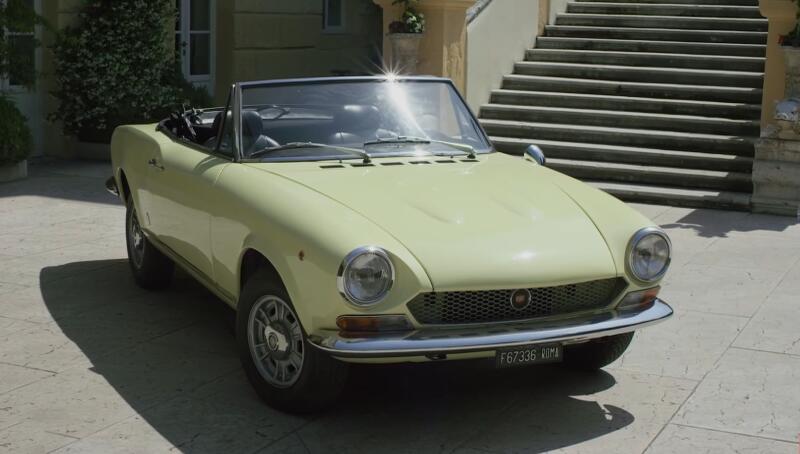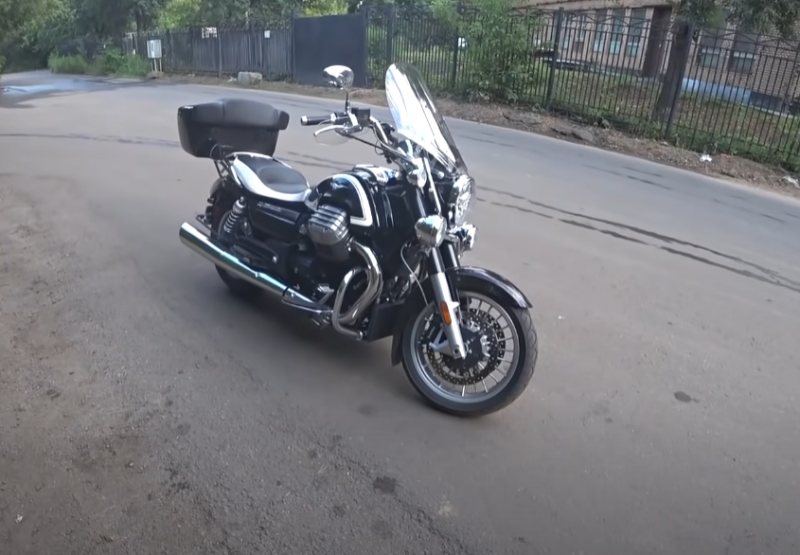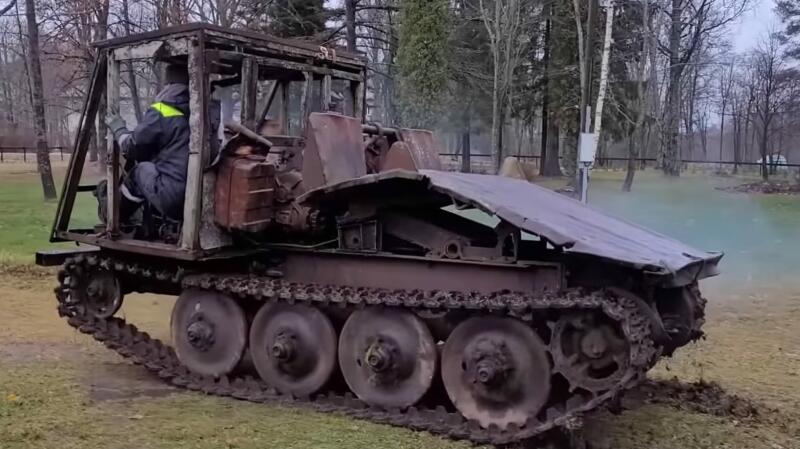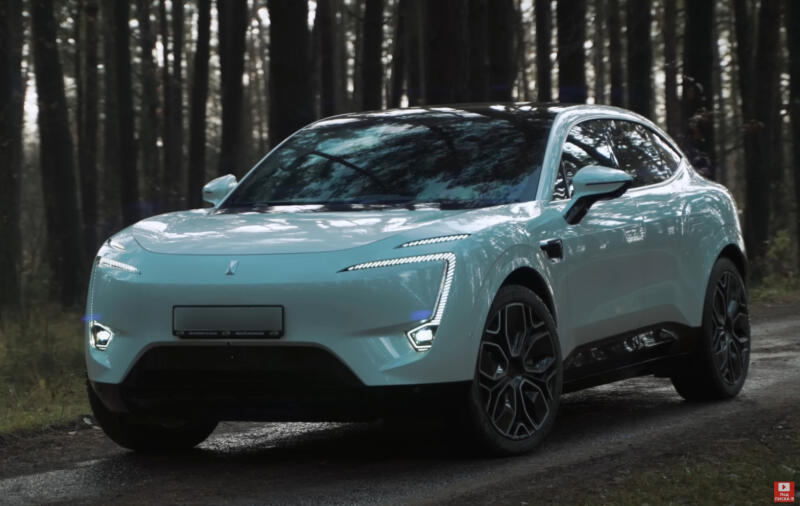ISS today
Most of the docked transport modules are American, Japanese, European. These are laboratories, gyms, private cabins, an expanded solar panel system. The Russian segment also gradually grew, but more modestly: the Rassvet, Pirs, and Poisk modules were sent into space. The first of them was delivered into orbit by the Americans. The development of the RF segment (its share in the total volume of the ISS is 20%) was slowed down by technical problems: due to the shortcomings of the Nauka module, it became impossible to launch into space other sections of the ISS - Prichal and another one, scientific and energy. As a result, today the Russian part of the station receives power from the solar panels of the American module. Until recently, even communication was carried out through TDRS (USA). In 2018, Russia installed its Luch system. Most likely, during its installation, a crack appeared.
Russia spends less than 10% of the required amount on the maintenance of the ISS. Part of the money is given by “barter” - it launches “trucks” into space that deliver fuel, oxygen, etc. to the station.
What if it's just "disconnect"?
Will not work. The ISS must be periodically oriented so that it is deployed with its battery panels towards the Sun, and with its body along the Earth. This can be done with the help of Russian propulsion engines located on the Zvezda module and American gyrodines - spinning heavy wheels that act on the ISS body.
The station sharing contract ends in 2024. Then the ISS is planned to be flooded in a remote place (the so-called "Point Nemo") of the Pacific Ocean. However, all project participants are interested in the further operation of the station until 2028 or even 2030. The main reason for this desire is the lack of an alternative to the ISS in all partner countries. So far there are only projects.
ROS - Orbital Station (RF)
Russia is developing its replacement for the ISS. It is assumed that it will consist of five modules, which were previously planned to be attached to the current station. According to E. Mikrin, general designer of space systems, it is possible that ROS will become international. The terms for the construction of the base module have been announced - 2025-2030. However, it is very difficult to implement the project in 5 years. To create such a design from scratch, taking into account insufficient funding, blocking access to modern electronics due to sanctions, the emergence of technical "inconsistencies", is unlikely. Moreover, the delay in such projects is a global problem, and not just a Russian one.
In the Russian Federation, specialists are already calculating how they will maintain the new station. And this is also a serious task. It is worth recalling that one of the reasons for the sinking of the Mir was the ruinous expenses to maintain the viability of the station, which at the initial stage amounted to 200 million dollars a year. And over time, the amount only increased.
Obviously: the new project will cost more. It is planned that the costs will be offset by space tourism and commercial experiments. However, in the latter case, too, not everything is so smooth. In recent years, there has been one successful experiment commissioned by a private company and related to biological printing.
Lunar Orbital Platform-Gateway (International development)
The United States is leading it. It is planned that the new ISS will solve scientific problems and practical tasks. It is assumed that the station will be constantly in lunar orbit. Lunar Orbital Platform-Gateway should perform the following functions:
- ✅ make flying to Mars less difficult
- ✅ test systems designed to collect lunar resources that can replace those delivered from Earth
- ✅ to be the center of scientific research
Japan, EU countries, Canada are already participating in the project implementation. The corresponding agreements were signed in 2018 and 2019. For example, the northern neighbor of the United States manufactures robotic systems. The Russian Federation initially pledged to make a gateway module, but later refused. It is now known that Russian specialists are developing a transport system (reserve). At first, the international station will consist of two parts, which will provide landing on the moon. Later, four more modules will dock to them.
CSS Space Station (PRC)
The Chinese Large Modular Space Station is a serious project comparable in scale to the ISS. The dimensions of the planned station are the same as those of the Soviet Mir. It is assumed that the service life of the modules will be at least 10 years. Astronauts will fly on CSS on a "business trip" for 40 days. For the successful implementation of the project, China enlisted the support of Italy (the agreement was signed in 2017), which, thanks to the ISS, has experience in such developments. It is worth noting that the Chinese space budget exceeds the Russian one by 2-3 times.
China's Tiangong 1 and Tiangong 2 stations (launched in 2016) have already been in space. The task of the latter was to test life support systems. Two cosmonauts were engaged in checking within 30 days. The operation of docking and refueling was also worked out. The station was flooded in 2019. And already on April 29, 2021, the Chinese launched Tiangong 3, or rather its base module Tianhe.
Bigelow Commercial Space Station (USA)
The Americans are planning to create a full-fledged space complex, distinguished by the inflatable design of the BA330 and Sundancer modules. The station is not planned to be used for scientific purposes, it will be a kind of "hotel" for space tourists. By the way, the BEAM inflatable module has been tested on the ISS for three years now. In the "hotel" everyone will be "brought" to the American CST-100 or Dragon.
India
This country is also rushing into space and has its own successes in this matter. According to the national agency ISRO, India will develop its own small orbital station for scientific research by 2030. The project will be carried out within the framework of the Gaganyan program. Astronauts will be able to stay at the Indian station for 20 days. Interestingly, the country is not looking for partners to implement the program.
Conclusions and Perspectives for Russia
Today, politics has a strong influence on space programs. The Russian Federation can no longer be XNUMX% confident in the Baikonur Cosmodrome: it is enough to recall the recent events in Kazakhstan. The natural way out is to launch a rocket from Vostochny. But the launch site for the Angara is not yet ready there. The Oryol reusable spacecraft is also in the process of being built. The issue of funding is also open.
As for the ISS, its fate in the coming years will be decided by the politicians of the Russian Federation and the United States. If they come to the conclusion that Russians and Americans cannot be together even in space, the station will be flooded after 2024. And if they still decide to continue flying, engineers and designers from different countries will take up serious repair work in order to extend the ISS's performance.
